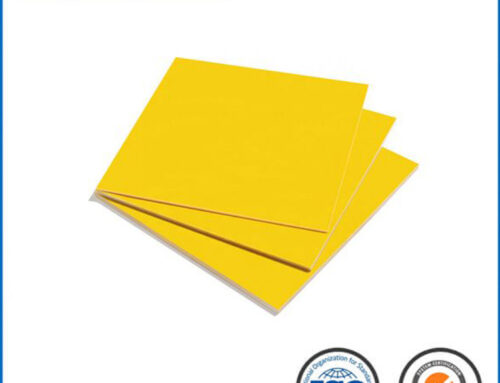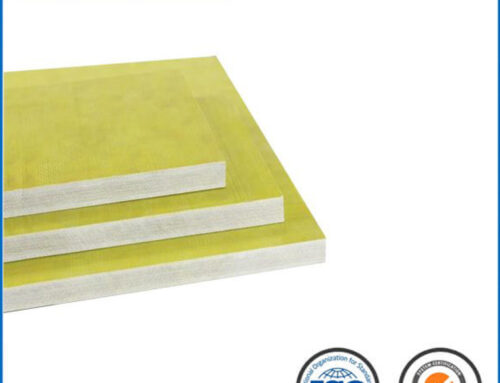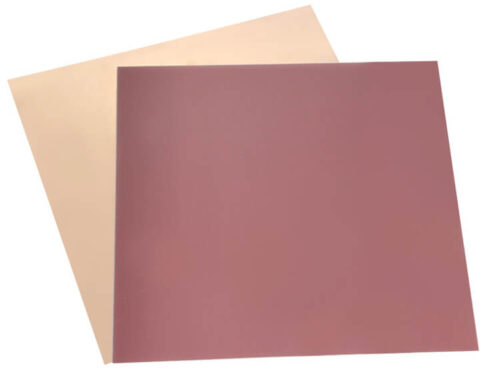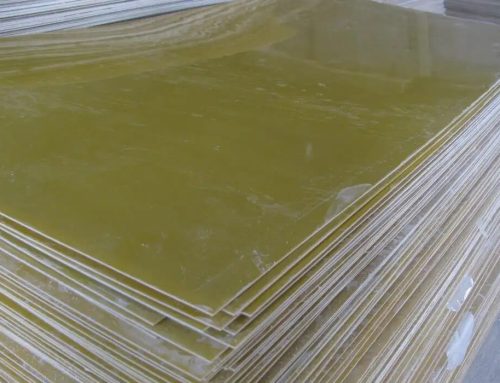G10, a versatile and high-performance material, is celebrated for its exceptional mechanical properties that make it a go-to choice in various industries. In this article, we unravel the mechanical prowess of G10, delving into its composition and characteristics that contribute to its strength and performance. From tensile strength to impact resistance, G10’s mechanical properties play a pivotal role in its diverse applications across engineering, manufacturing, and beyond.
1. Composition and Layered Structure: The Blueprint for Strength
Fiberglass Reinforcement:
G10’s mechanical strength is rooted in its composition, featuring layers of woven fiberglass impregnated with epoxy resin.
The specific arrangement of fiberglass strands forms a robust foundation for the material’s mechanical properties.
Epoxy Resin Matrix:
The epoxy resin matrix binds the fiberglass layers, adding cohesion and enhancing G10’s resistance to deformation.
This combination results in a laminated composite with superior mechanical characteristics.
2. Tensile Strength: Resilience Under Tension
High Tensile Strength:
G10 exhibits high tensile strength, allowing it to withstand pulling forces without undergoing deformation.
This property is crucial in applications where materials must endure tension and stretching.
Dimensional Stability:
The material’s tensile strength contributes to its dimensional stability, ensuring it maintains its shape under various loads.
Dimensional stability is vital in applications where precision and accuracy are paramount.
3. Rigidity and Stiffness: Balancing Strength with Structural Support
Excellent Rigidity:
G10 is characterized by excellent rigidity, providing structural support without succumbing to flexing or bending.
This property is advantageous in applications where maintaining a specific shape or form is essential.
Stiffness:
The stiffness of G10 allows it to resist deformation under external loads, making it suitable for applications where structural integrity is paramount.
G10’s stiffness contributes to its reliability in various engineering and manufacturing scenarios.
4. Impact Resistance: Guarding Against External Forces
Robust Impact Resistance:
G10 showcases robust impact resistance, enabling it to withstand sudden forces or blows without experiencing damage.
This property makes G10 suitable for applications where resistance to impacts is a critical requirement.
Durability in Harsh Environments:
The material’s ability to resist impacts enhances its durability, particularly in environments where components may be subjected to unexpected forces.
G10’s durability contributes to its long service life in diverse applications.
5. Applications Across Industries: Where Strength Meets Innovation
Aerospace Engineering:
In aerospace engineering, G10’s mechanical properties contribute to the manufacturing of lightweight yet robust components.
The material’s strength is valuable in reducing overall weight without compromising structural integrity.
Electronics and PCBs:
G10’s mechanical stability makes it a preferred material for manufacturing printed circuit boards (PCBs) in electronics.
Its dimensional stability ensures the reliable performance of electronic components.
As the mechanical properties of G10 are unveiled, it becomes evident that this advanced laminate stands as a testament to material engineering excellence. From its tensile strength to impact resistance, G10’s mechanical prowess positions it as a material of choice across diverse industries. As engineering standards continue to evolve, G10 remains a reliable and innovative solution, demonstrating how strength, rigidity, and durability can converge in a single material, driving advancements in engineering, manufacturing, and beyond.
More:




